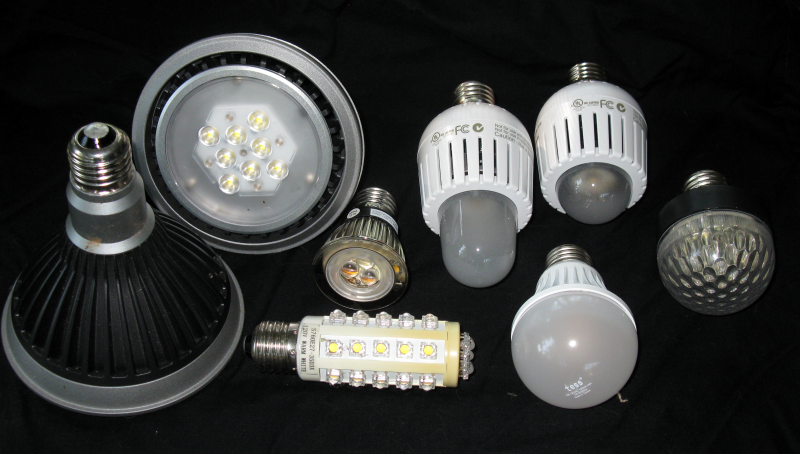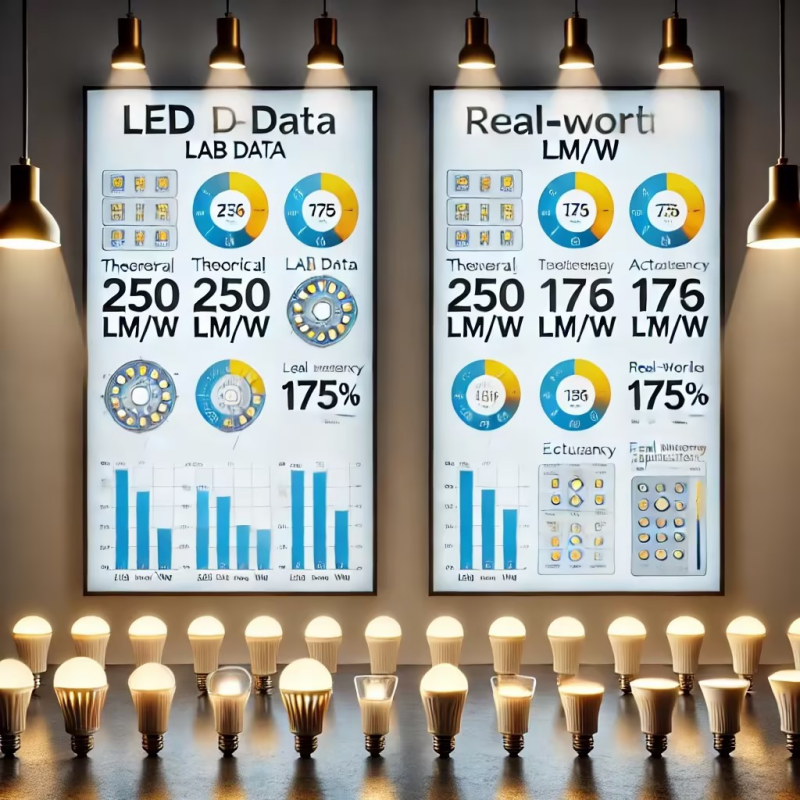Sansi LED: Sustainable LED Lighting and Integrated LED Display
Delivering premium and professional LED Display, LED Lighting, Smart City Integration solutions, trusted by over 60,000 companies worldwide everyday. From industrial lighting to commercial lighting, from outdoor advertising to XR & VR production, Sansi LED greatly improves the quality and sustainability of your business with 30 years of expert experiences.
When shopping for LED lighting solutions, we often come across terms like “lumens per watt” (Lm/W) as a quick indicator of performance. While a higher lumens per watt means more light for the same energy consumption—something we all want—many LED manufacturers and suppliers are inflating these numbers. But why? Let’s uncover the truth behind this common marketing tactic and why it’s important to look beyond just numbers when choosing the right lighting.

What is Lumens per Watt (Lm/W)?
To understand the issue, let’s start with the basics. Lumens per watt is a measure of a light source’s efficiency. It tells you how much light (lumens) you get for each watt of energy consumed. Higher lumens per watt means more energy-efficient lighting, which is good for the planet, your wallet, and even your eyesight.
• Lumens: The amount of visible light emitted by a source.
• Watts: The amount of electrical power consumed by a source.
In an ideal world, the higher the Lm/W, the better. But, as we’ll see, that’s not always the case.
The Problem with Inflated Lm/W Claims
A few years ago, an LED panel delivering 100 lumens per watt was considered impressive. Today, 130 to 140 lumens per watt is the norm. However, claims like 175 lumens per watt or even 210 lumens per watt are not uncommon in the industry. But here’s the catch: these figures can be misleading.
LED manufacturers often publish “cold lumens” data, which refers to the lumens output when the LEDs are not yet installed in a fixture or operating at full power. In real-world applications, the output tends to decrease as LEDs warm up, and additional components like lenses, diffusers, and drivers can further reduce the light output. This means that the numbers you see on a spec sheet may not be what you actually get from the finished light fixture.
The Physics Behind Lumens per Watt
The theoretical maximum efficiency for producing white light is about 250-350 lumens per watt, depending on the mix of wavelengths. The theoretical maximum for a single LED in ideal lab conditions can exceed 250 lumens per watt, but that’s not what you’ll get in your lighting fixture.
Once you factor in things like diffusers, reflectors, and lenses—which all reduce the amount of light output—you’ll see that claiming a lumens per watt value higher than 250 for an actual light fitting is highly unlikely, if not impossible.

So, Are They Faking It?
If a manufacturer claims their LED fixture delivers 200, 210, or even 220 lumens per watt, are they lying? Not necessarily, but you should be skeptical. It’s important to ask whether these claims refer to “bare” LEDs, which can be tested for efficiency in lab conditions, or if they represent the actual output of the finished product.
When comparing lighting solutions, the right measure to use is luminaire lumens per circuit watt (l.Lm/c.W). This tells you how much light is actually being emitted by the entire fixture, including the effects of lenses, reflectors, and drivers. In short, if a manufacturer is quoting a lumens per watt figure for a finished product, they may either be using the wrong measurement, or they might be trying to pull the wool over your eyes.
Why It Matters:
As consumers and buyers, it’s essential to look beyond the numbers. While high lumens per watt may sound great, the real performance of a light fixture depends on how well it meets your needs in practice. A fixture might be theoretically efficient but might not perform well in real-world conditions, where glare, light distribution, and the environment play crucial roles.
In the world of LED lighting, numbers can be deceiving. Manufacturers may use inflated lumens per watt claims to make their products seem superior, but it’s important to understand the context behind those numbers. Always ask for performance data based on real-world conditions, and consider factors like light distribution, glare control, and overall quality. When in doubt, consult with experts who understand the physics behind lighting and can help you make the best decision for your needs.
If you’re looking for efficient, high-quality lighting solutions that deliver both performance and value, let us help you choose the right fit for your needs. Contact us today to learn more about our LED lighting solutions and how they can help optimize your space!
